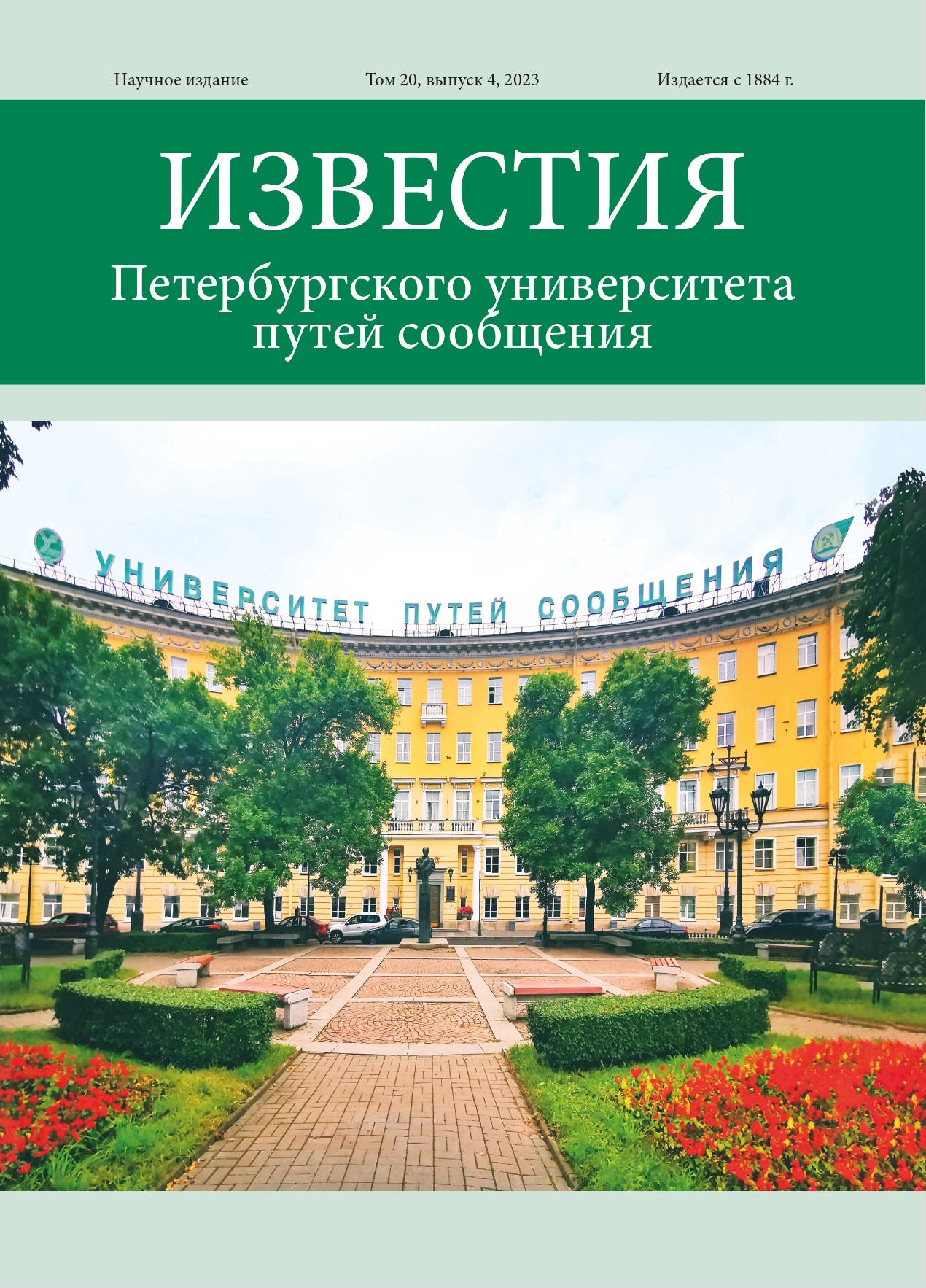Russian Federation
Purpose: To examine existing methods of processing and recycling waste from the metallurgical industry, to elucidate their classification. To touch upon the negative impact of the metallurgical industry, in particular, of the waste generated from its activities on geosystems. To present technological solutions for addressing the issue of weak soils through their initial stabilization and subsequent reinforcement, specifically for urban infrastructure objects in the Russian Federation. Methods: Various technologies for the complex processing of solid waste from metallurgy have been developed, some of them have been implemented on an industrial scale abroad. We develop such technologies at the level of research and semi-industrial tests. Results: A distinctive feature of soils reinforced with solid wastes of metallurgy is that structure formation and strength development occur both in air-dry and in humid environments. These wastes effectively strengthen soils of different granulometric and chemical-mineralogical composition. As shown by laboratory studies and supporting construction, soils reinforced with this complex waste are suitable for constructing pavement structural layers. When strengthening sandy soils, a purely mechanical penetration and enveloping of soil particles (due to the small amount of clay particles) occurs without the formation of a strong spatial structure. Practical significance: The possibility of using waste from metallurgical production to strengthen weak soils is shown, and these new methods can be recommended for practical use.
Metallurgical enterprises, blast-furnace slag, processing, secondary material resources, technogenic waste, clay soils, stability
1. Babak N. A. Fizicheskoe zagryaznenie okruzhayuschey sredy: uchebnoe posobie / N. A. Babak, I. A. Gorshkova, O. Yu. Makarova i dr. - SPb.: Peterburgskiy gos. un-t putey soobscheniya, 2012. - 54 s.
2. Kuskov S. V. Poligony tverdyh bytovyh i promyshlennyh othodov / S. V. Kuskov, L. A. Osipova, E. N. Scherbakova // Vestnik Astrahanskogo gosudarstvennogo tehnicheskogo universiteta. - 2005. - № 3. - S. 70-75.
3. Malahov V. M. Gorodskie othody v Rossi: sostoyanie, problemy, puti resheniya / V. M. Malahov, A. G. Gricenko, S. V. Druzhinin // Ekologiya. Seriya analiticheskih obzorov mirovoy literatury. - 2012. - № 98. - S. 1-126.
4. Bol'shina E. P. Ekologiya metallurgicheskogo proizvodstva: kurs lekciy / E. P. Bol'shina. - Novotroick: NF NITU «MISiS», 2012. - 155 s.
5. Storozhakov S. Yu. Puti utilizacii acetatsoderzhaschih othodov v kachestve dobavok v betonnye smesi / S. Yu. Storozhakov, S. V. Medved'ko // Nauka i obrazovanie: arhitektura, gradostroitel'stvo i stroitel'stvo: materialy Mezhdunarodnoy konferencii, posvyaschennoy 80-letiyu stroitel'nogo obrazovaniya i 40-letiyu arhitekturnogo obrazovaniya Volgogradskoy oblasti, Volgograd, 06-10 sentyabrya 2010 goda. - Volgograd: Volgogradskiy gosudarstvennyy arhitekturno-stroitel'nyy universitet, 2010. - S. 331-334.
6. Linchevskiy B. V. Metallurgiya chernyh metallov / B. V. Linchevskiy - M.: Kniga po Trebovaniyu, 2021. - 360 s.
7. Gavrilina A. V. Modelirovanie ocenki zatrat metallurgicheskogo predpriyatiya, svyazannyh s zagryazneniem okruzhayuschey sredy / A. V. Gavrilina, N. V. Dolbnya // Vestnik Akademii grazhdanskoy zaschity. - 2018. - № 2(14). - S. 89-96.
8. Vremennyy klassifikator toksichnyh promyshlennyh othodov i metodicheskie rekomendacii po opredeleniyu klassa toksichnosti promyshlennyh othodov / Ministerstvo zdravoohraneniya SSSR; Gosudarstvennyy komitet SSSR po nauke i tehnike. - M., 1987.
9. Shershneva M. V. Geoekozaschitnye svoystva domennogo shlakav dorozhnom stroitel'stve / M. V. Shershneva, V. Ya. Solov'eva, L. L. Maslennikova i dr. // Estestvennye i tehnicheskie nauki. - 2018. - № 9(123). - S. 81-84.
10. Putilina V. S. Vliyanie organicheskogo veschestva na migraciyu tyazhelyh metallov na uchastkah skladirovaniya tverdyh bytovyh othodov / V. S. Putilina, I. V. Galickaya, T. I. Yuganova // Ekologiya. Seriya analiticheskih obzorov mirovoy literatury. - 2005. - № 76. - S. 1-100.
11. Pechencov I. M. Obosnovanie vysokoeffektivnogo vyazhuschego na osnove modificirovannogo metallurgicheskogo othoda (domennogo shlaka), s ego posleduyuschim primeneniem dlya stabilizacii i ukrepleniya problemnyh gruntov / I. M. Pechencov, M. S. Abu-Hasan // BST: Byulleten' stroitel'noy tehniki. - 2023. - № 3(1063). - S. 22-25.
12. GOST 25100-2020. Grunty. Klassifikaciya (s Izmeneniyami № 1). URL: https://docs.cntd.ru/document/1200174302.
13. Solov'eva V. Ya. Effektivnoe osnovanie iz glinistogo grunta dlya ustroystva avtomobil'noy dorogi / V. Ya. Solov'eva, M. Abu-Hasan, N. V. Ershikov i dr. // Transportnoe stroitel'stvo. - 2017. - № 11. - S. 26-28.
14. Barišić I. Possibilities of application of slag in road construction / I. Barišić, S. Dimter, I. Netinger // Tehnički vjesnik: znanstveno-stručni časopis tehničkih fakulteta Sveučilišta u Osijeku. - 2010. - Vol. 17. - Iss. 4. - Pp. 523-528.
15. Netinger I. Primjena zgure u graditeljstvu / I. Netinger, D. Bjegović, M. Jelčić et al. // Sabor hrvatskih graditelja / Simović, V. Cavtat: Hrvatski savez građevinskih inženjera, 2008. - Pp. 281-292.
16. Netinger I. Mogućnosti primjene domaće zgure kao agregata u betonu / I. Netinger, M. J. Rukavina, D. Bjegović // Građevinar. - 2010. - Vol. 62. - Iss. 1. - Pp. 35-43.









